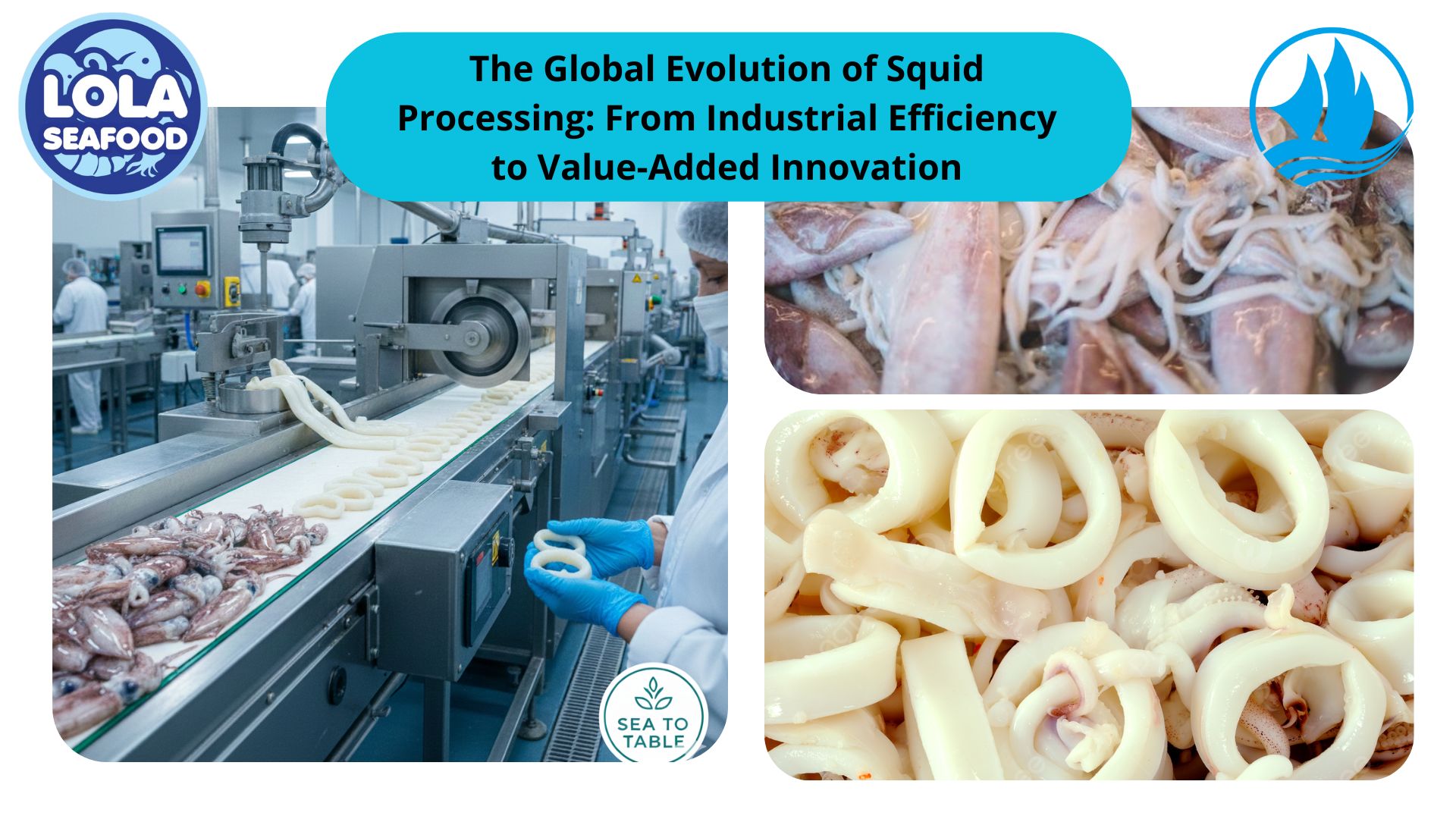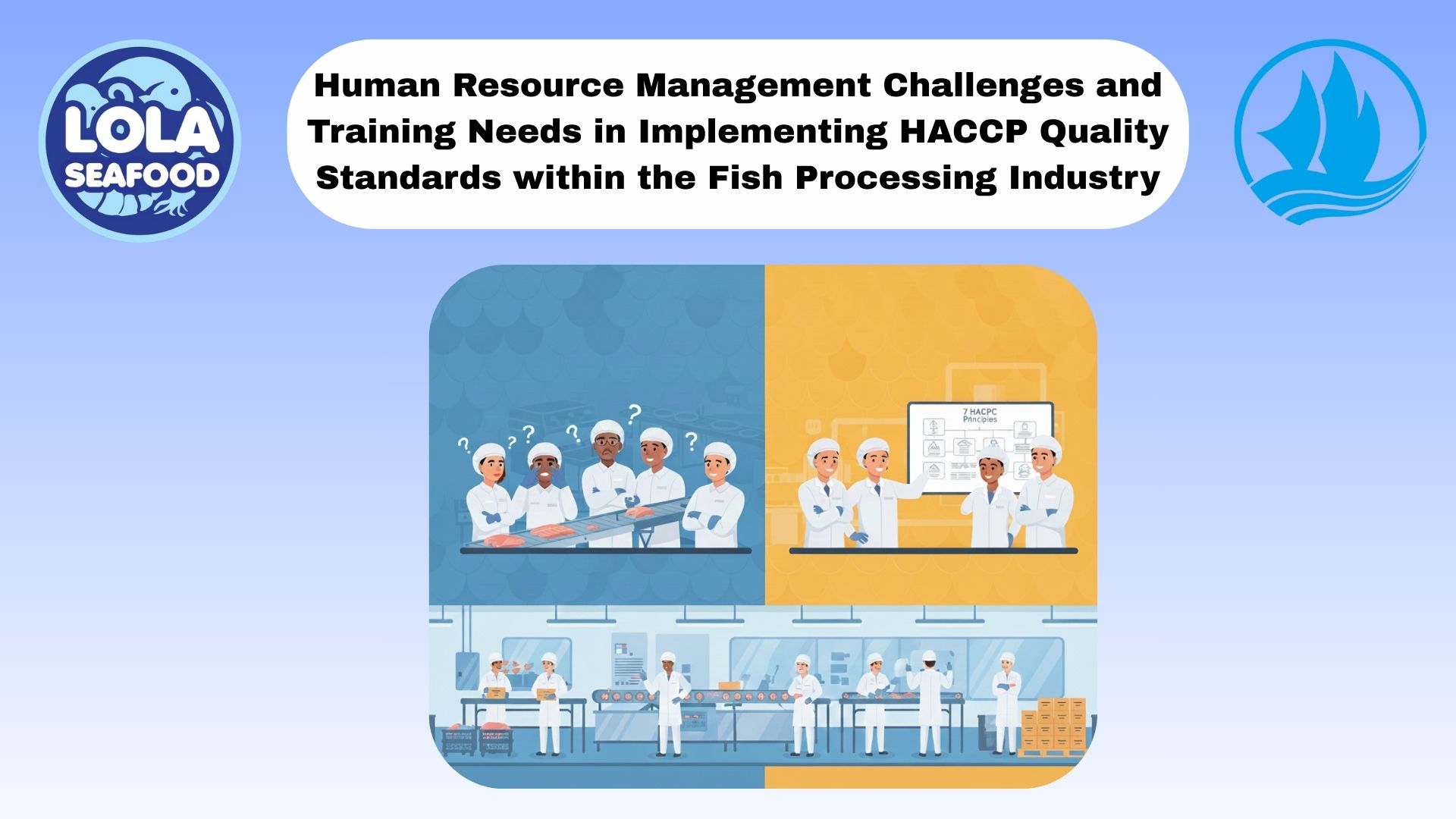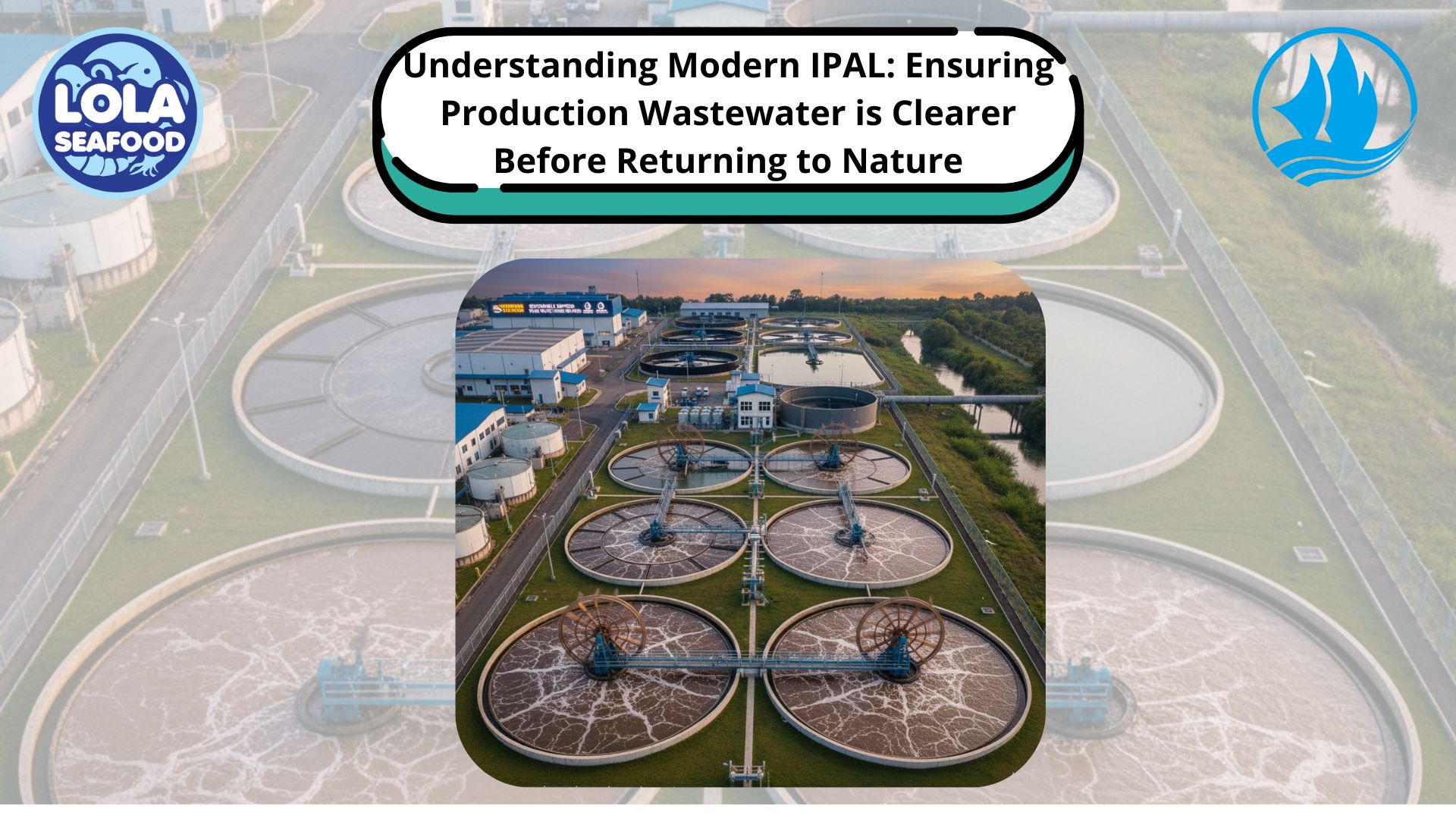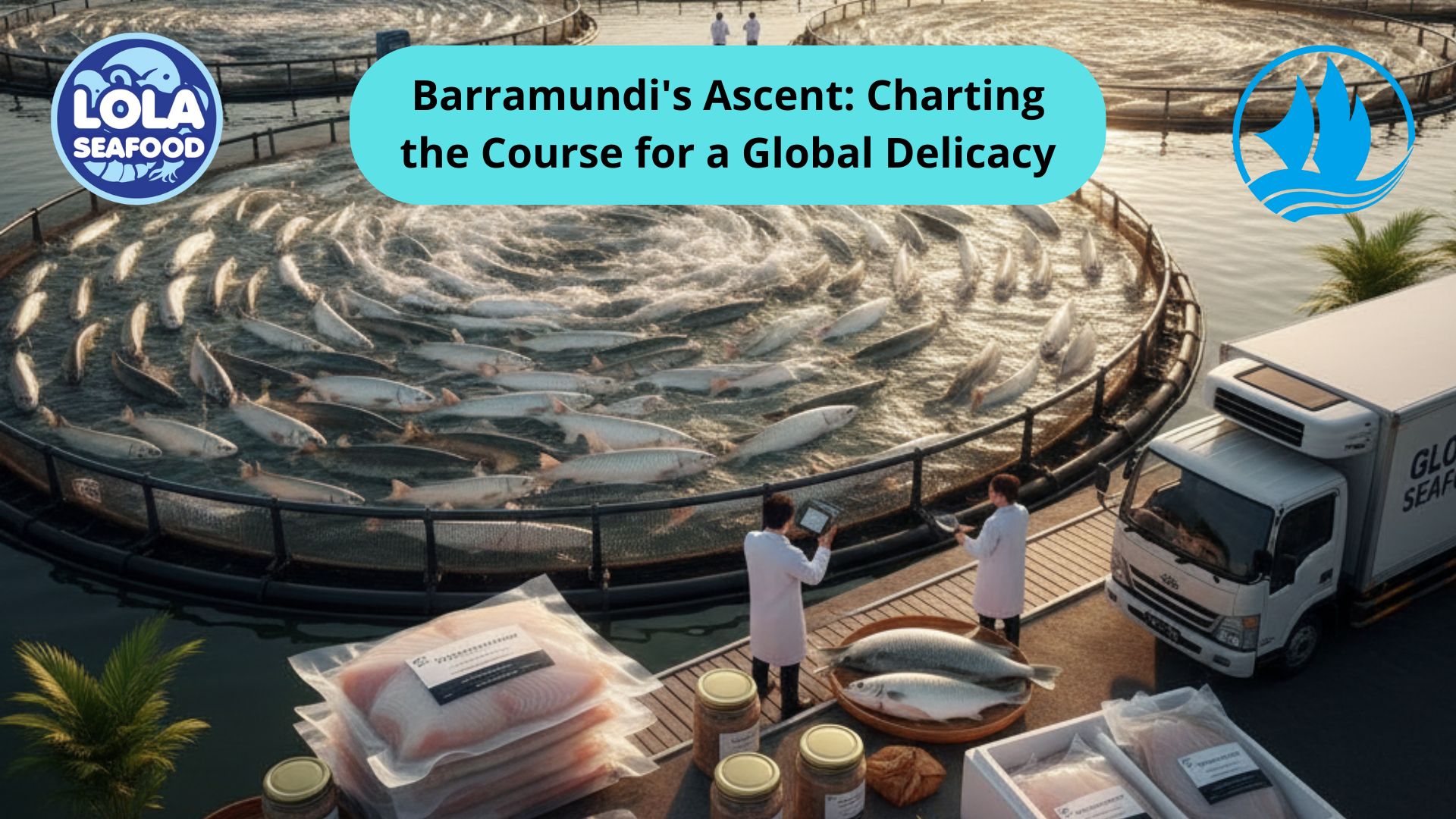Wild Caught vs Farmed: Why Processing Techniques Differ Drastically
By. Fajar - 15 Sep 2025.jpg)
Kelolalaut.com When it comes to the seafood industry, fish can generally be divided into two main sources: wild-caught (harvested directly from oceans, rivers, and lakes) and farmed (produced in controlled aquaculture systems). At first glance, fish from both origins might look similar once they reach the processing plant. However, the journey they take and the techniques required to process them differ significantly. These differences are not merely technical—they also affect quality, safety, sustainability, and even the economics of the seafood industry.
1. Origin and Biological Variability
Wild-caught fish are harvested from natural ecosystems, where they grow under varying environmental conditions such as fluctuating water temperatures, salinity, and food availability. This makes wild fish more biologically diverse in terms of size, fat content, and muscle structure.
Farmed fish, on the other hand, are raised in controlled environments where their diet, growth rate, and living conditions are monitored. This results in fish that are more uniform in size, fat distribution, and overall quality.
Because of these differences, processing plants handling wild-caught fish need more flexibility in their operations—adjusting filleting machines, portioning, or freezing times to accommodate different sizes and textures. In contrast, farmed fish often allow for more standardized and automated processing lines.
2. Handling and Freshness Challenges
One of the biggest differences between wild-caught and farmed fish is the time gap between harvest and processing.
- Wild-caught fish may be at sea for several days before reaching port. Maintaining quality depends heavily on how well the cold chain is managed on fishing vessels. Poor handling can lead to faster spoilage, enzymatic breakdown, or bacterial growth.
- Farmed fish, in contrast, are usually harvested and transported to processing facilities within hours. This minimizes freshness issues and allows for better control of product quality.
As a result, processing wild-caught fish often involves extra steps to assess freshness, trim damaged parts, or implement quick chilling methods such as air blast freezing or slurry ice systems.
3. Parasite and Safety Concerns
Wild-caught fish have a higher risk of carrying parasites, such as Anisakis, which can pose health risks if not properly treated. This means processors must include freezing protocols (e.g., -20°C for at least 24 hours) to eliminate parasites before products are consumed raw, such as in sushi or sashimi.
Farmed fish, especially those raised in controlled aquaculture systems with monitored feed, generally present lower parasite risks. This simplifies some processing steps and reduces the reliance on parasite elimination treatments.
4. Fat Content and Texture Differences
Another striking difference is in fat composition.
- Farmed fish tend to have higher and more consistent fat levels due to formulated diets. This influences processing, as higher fat content can affect shelf life, freezing efficiency, and even smoking or drying techniques.
- Wild-caught fish often have leaner meat with more variable fat distribution, which can impact yield during filleting and influence the choice of preservation methods.
For example, wild salmon has a firmer texture compared to farmed salmon, requiring different slicing or portioning approaches in processing plants.
5. Sustainability and Certification Requirements
Processing wild-caught and farmed fish also differs in terms of traceability and certification:
- Wild-caught fish must often meet sustainability certifications such as Marine Stewardship Council (MSC), requiring documentation of catch methods, fishing areas, and compliance with quotas. Processors need systems to track and verify these details.
- Farmed fish are usually subject to certifications like Aquaculture Stewardship Council (ASC), focusing on farming practices, feed sources, and environmental impacts. Processors may need to monitor antibiotic residues, water quality reports, or welfare standards.
This means documentation and auditing during processing differ significantly between the two sources.
6. Waste Management and By-Products
Wild-caught fish often arrive in whole form, including heads, guts, and varying sizes, leading to more by-products during processing. These by-products, such as fish oil or fishmeal, can be valuable but require additional handling.
Farmed fish are sometimes delivered pre-slaughtered or in more uniform condition, which reduces variability and waste. Processors can more easily predict yields and plan for by-product utilization.
7. Market Expectations and Final Products
Finally, consumer perception also shapes processing methods. Wild-caught fish are often marketed as premium, natural, and sustainable, which means processors may emphasize minimal processing to preserve authenticity. On the other hand, farmed fish are more associated with consistency and availability, which allows for large-scale production of standardized fillets, portions, or value-added products like frozen meals.
The differences between wild-caught and farmed fish go far beyond where they come from—they influence every stage of the processing chain, from handling and safety measures to certification and final product design.
In short:
- Wild-caught fish demand flexibility, rigorous freshness control, and careful handling due to variability.
- Farmed fish enable standardization, consistency, and more predictable processing outcomes.
Understanding these differences is crucial not only for processors but also for consumers, as it shapes the seafood products we find in supermarkets and restaurants. Ultimately, both wild-caught and farmed fish play vital roles in meeting global seafood demand, and mastering their unique processing requirements is key to ensuring both safety and sustainability.
If youre interested in our Corvina / Croaker / Jewfish Whole Round / Whole Gilled Gutted Scale , Corvina / Croaker / Jewfish Fillet Skin On and Corvina Fillet Skin Patch please do not hesitate to contact us through email and/or whatsapp
.jpg)
The Impact of HACCP-Based Integrated Quality Management Programs on the Quality and Competitiveness of Fresh Demersal Fish Products
 and Employee Productivity on the Demersal Fish Processing Floor.jpg)
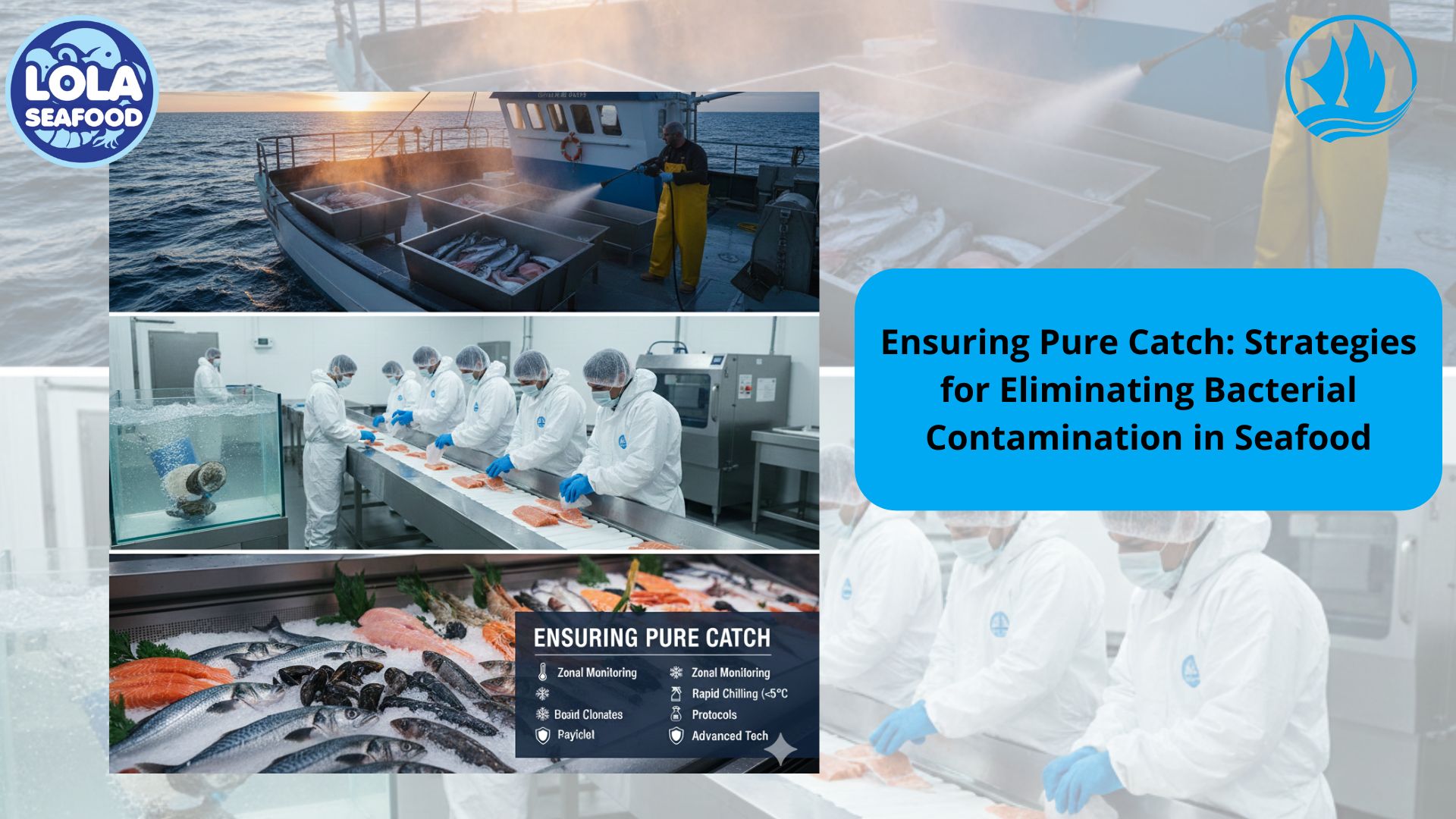
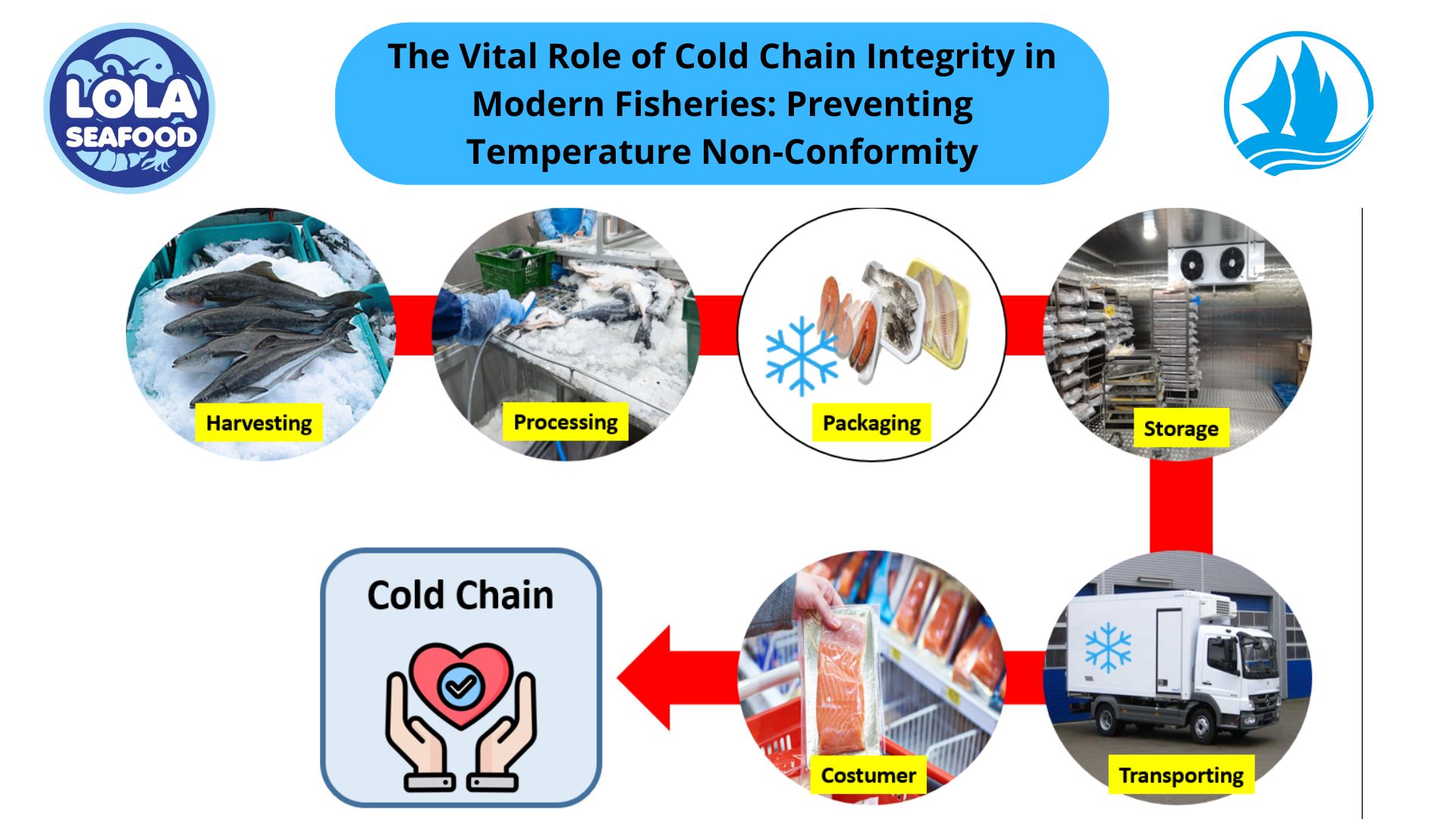
.jpg)
